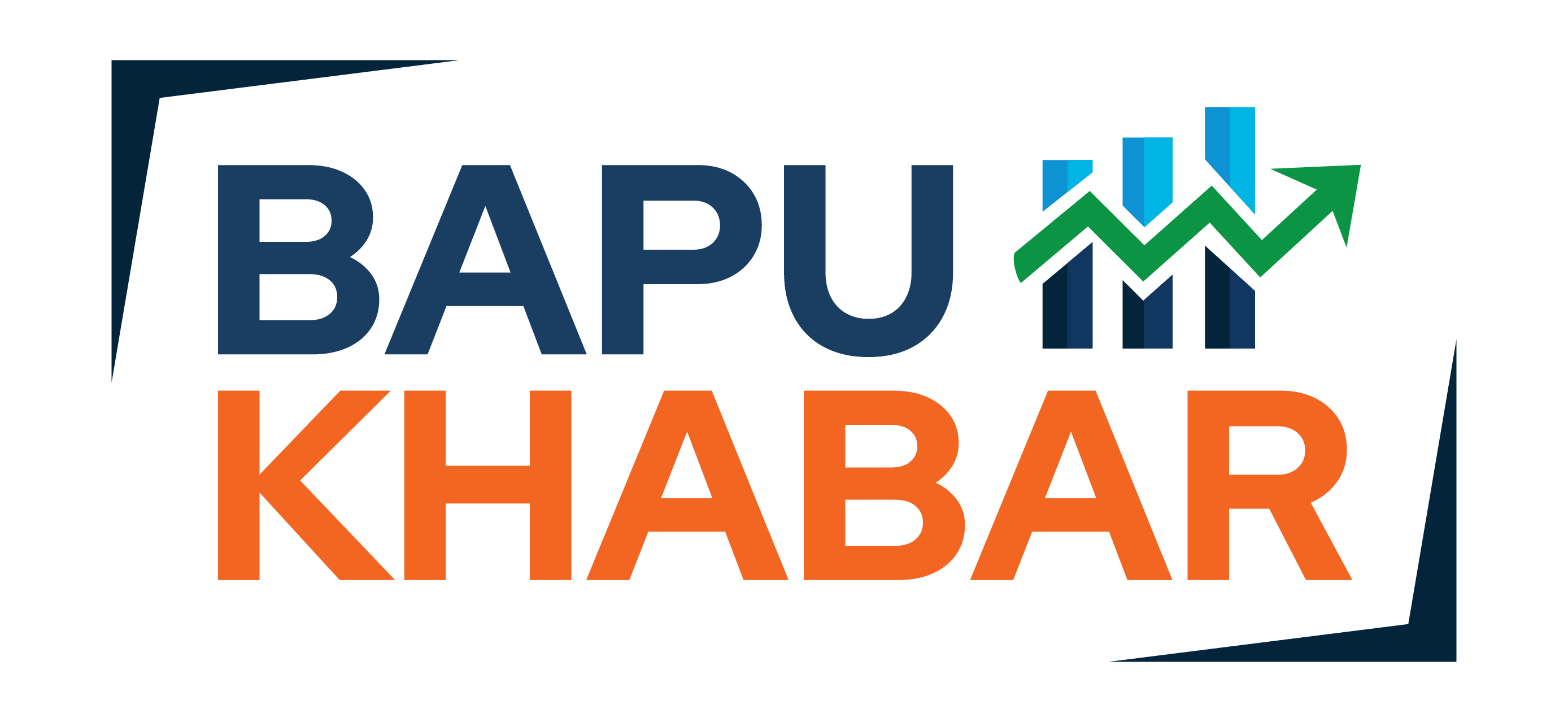IPO Subscription Status is the number of times a public issue is subscribed at BSE and NSE while it is open for either 3 working days or 4-5 working days in the case of SME IPO. The investors can place a bid for IPO shares with any of the exchanges (i.e. BSE or NSE).

Table of Contents
What is the IPO Subscription status?
It means what and what type of investors are investing in the IPOs. The company subscription numbers decide the IPO’s future demand. Its status/numbers mean the investors subscribed against the offerings.
IPO subscription refers to the process where investors bid for shares in an Initial Public Offering (IPO). The subscription levels indicate the demand for the shares, categorized by investor types such as Qualified Institutional Buyers (QIBs), Non-Institutional Investors (NIIs or HNIs), and Retail Investors.
High subscription rates, particularly from QIBs and HNIs, often suggest strong market interest and potential for the stock to list at a premium. Subscription data, along with Grey Market Premium (GMP), helps investors gauge the IPO’s popularity and make informed decisions on whether to invest.
Why is it important for investors?
- Investors can use subscription data to decide whether to apply for an IPO.
- High subscription numbers typically indicate strong demand, suggesting the stock may list at a higher price.
- This also affects the Grey Market Premium (GMP), reflecting the market’s expectation of listing gains.
- Notably, the subscription levels in the HNI and QIB quotas are often good indicators of potential listing performance.
IPO Subscription Status
| IPO Name | Date | Status | QIB | NII (HNI) | RII | Total |
|---|---|---|---|---|---|---|
| Afcons Infrastructure | Oct 25-29 | Closing Today | 3.44 | 5.06 | 0.84 | 2.48 |
| Swiggy | Nov 6-8 | Upcoming | 0.00 | 0.00 | 0.00 | 0.00 |
Categories of IPO Subscription
IPO subscription is divided into different categories, with each having its own quota. Here are the three primary types of investors:
Retail Individual Investors (RII)
Retail investors are individual investors who invest in smaller lots. Typically, RIIs are allocated 35% of the total IPO shares.
Qualified Institutional Buyers (QIB)
QIBs include entities like mutual funds, banks, and insurance companies. They receive 50% of the IPO allocation.
Non-Institutional Investors (NII)
NIIs are high-net-worth individuals and companies that invest larger sums in IPOs. They are allocated around 15% of the shares.
Common Reasons for Non-Allotment of IPO Shares
Even if you apply for an IPO, there’s no guarantee that you’ll receive shares. Here are some reasons why you may not get an allotment:
- Oversubscription: If the IPO is oversubscribed significantly, there’s a lower chance of getting shares.
- Incorrect Application Details: Any mistakes in the application form can lead to disqualification.
- Insufficient Funds: If the ASBA (Application Supported by Blocked Amount) process is not followed correctly, the application may be rejected.
FAQs
How is IPO Subscription Calculated?
IPO subscription is calculated based on the number of bids placed against the available shares. If the IPO is oversubscribed (demand exceeds supply), not all bidders will receive shares. For example, if the IPO is oversubscribed 10 times, it means that for every share available, there are 10 bids placed.
Why is IPO Subscription Status Important?
Tracking the IPO subscription status helps investors gauge the demand for an IPO. If the subscription numbers are high, especially in the QIB or NII categories, it can indicate strong institutional demand, which often leads to good listing gains. However, higher subscription also reduces the likelihood of receiving shares in the allotment process.
How to Check IPO Subscription Status?
You can check the subscription status of an IPO on the websites of stock exchanges like the NSE or BSE, which provide live data on the total number of shares bid for in different categories. Various financial websites also offer real-time updates on IPO subscription.
IPO Subscription and Listing Gains
A heavily subscribed IPO with a high GMP of IPO can often lead to listing gains, where the stock opens higher than the issue price. However, not all IPOs perform well on listing day. It’s essential to consider the company’s fundamentals, business model, and market conditions before investing.
What is the significance of IPO subscription numbers?
IPO subscription numbers reflect investor interest. Higher subscription rates can indicate strong demand, which may result in higher listing prices. However, it also lowers the chances of getting an allotment.
Stay updated with the latest IPO news on Bapukhabar. Explore key pages like IPO GMP for the latest (Grey Market Premium) GMP on IPO, IPO Listing for recent and upcoming listings on NSE & BSE, IPO Subscription for real-time subscription data, IPO Allotment to check your allotment status, IPO Forms for application details, and SME IPO for updates on Small and Medium Enterprise IPOs. Follow us on Instagram, Facebook, and Twitter for instant updates and more!

